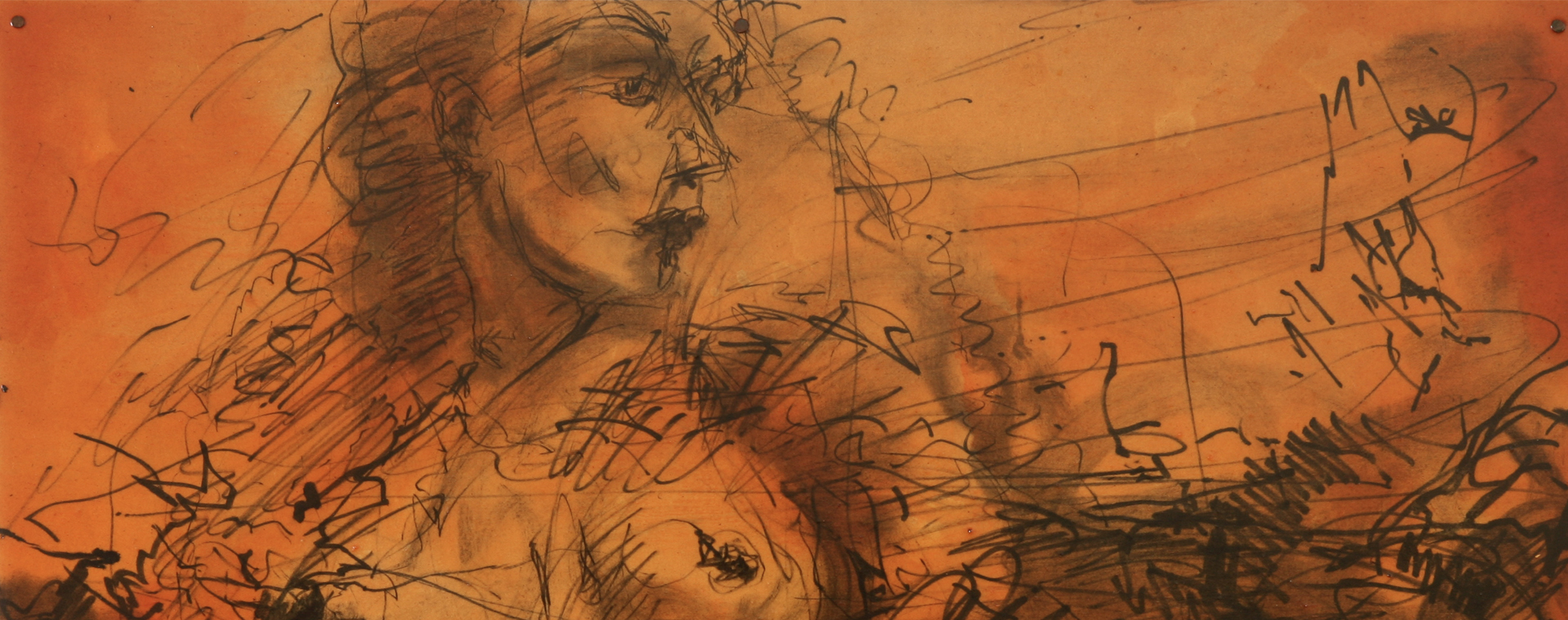DAVID CAMINER
PLASTIC SURGEON
A CONFIDENTIAL ENQUIRY
A CONFIDENTIAL ENQUIRY
A CONFIDENTIAL ENQUIRY
A CONFIDENTIAL ENQUIRY
Head and Neck Reconstruction
Head and neck reconstruction has become a sub-speciality in its own right. I have performed hundreds of these reconstructions in my time. These reconstructions are usually required because of the extensive excision of head and neck cancers, which are not an uncommon group of cancers and the expectations without reconstructed result in massive deformities.
The resections or excisions are the result of large or aggressive skin cancers over the head and neck area, from intraoral tongue or throat cancers, which are usually more common in people who smoke and especially those who smoke and drink a lot.
The aim of these reconstructions is to match the tissue type of the reconstruction to the functional aspect. I would not use a thick flap for intraoral reconstruction as the main aim is for function and mobility and the thick flap in the mouth would hamper achieving this outcome.
Harvesting tissues for reconstruction
Over the years I have developed my likes and dislikes and use numerous areas of the body to harvest free flaps and join them to blood vessels in the head and neck area. This means that skin and muscle is taken from one part of the body, cut free and joined to the head and neck area, where they live once again.
Bony defects, such as the mandible or the maxilla can be reconstructed with the fibula from the leg, the lateral arm from the humerus or from the pelvis or iliac crest. I have developed a preference for the lateral arm if the bony defect is not too long in the region of 10-12cms. For longer defects I resort to the fibular, which provides about 23cms of bony length.
For optimal results in soft tissue reconstructions, the type of flap used depends on the thickness of the required flap and the skin colour required to match the facial appearance. Usual flaps would be the radial forearm free flap or the lateral arm free flap. I believe the lateral arm free flap has a better colour match to the face and head and the neck area than the other flaps. The submental flap has also an exceptional colour match as it uses the skin under the chin.
Nasal reconstructions are often performed with local flaps for smaller defects. In larger defects on the nose reconstruction is usually preferred with forehead flaps. Very occasionally free flaps are used to reconstruct noses. Head and neck reconstructions are lengthy operations which in most cases have good outcomes.
FYI: Free flaps are a specific type of flap described in plastic surgery. It is a unit of tissue, which is based on an artery which supplies blood to the flap and a vein to drain the blood away. One harvests this tissue on an artery and vein, cut it free from the body and re-join it somewhere else thus re-establishing a blood supply, so that the piece of tissue can live in its new place in the body.
Reconstruction following parotidectomy
In parotidectomy usually the superficial lobe of the parotid is excised. Very occasionally the deep lobe needs to be excised as well. I am sometimes asked to be involved to make the eventual hollow contour deformity less obvious. I like to use tissue that is often included in the excised specimen. I begin the procedure first by lifting the SMAS layer out of the way so it can be preserved to fill in the defect at the end.
I then step aside and let the head and neck surgeon take out the parotid tumour. Once the tumour has been excised I then close the wounds and use this SMAS flap to fill in the hollow. The results are very pleasing.
A few final words
Head and neck reconstruction can be a very gratifying. It helps my patients to maintain their self-confidence and esteem and to look normal after quite often a harrowing medical experience.
The active process of head and neck reconstruction from planning to completion is complicated. The operation is lengthy but the results are worth every single minute that the patient spends on the operating table.
Head and neck reconstructed has now progressed from filling a hole to that of an aesthetic reconstruction.
Post Procedure Facts & Advice Send A Confidential Enquiry Meet Dr David Caminer

